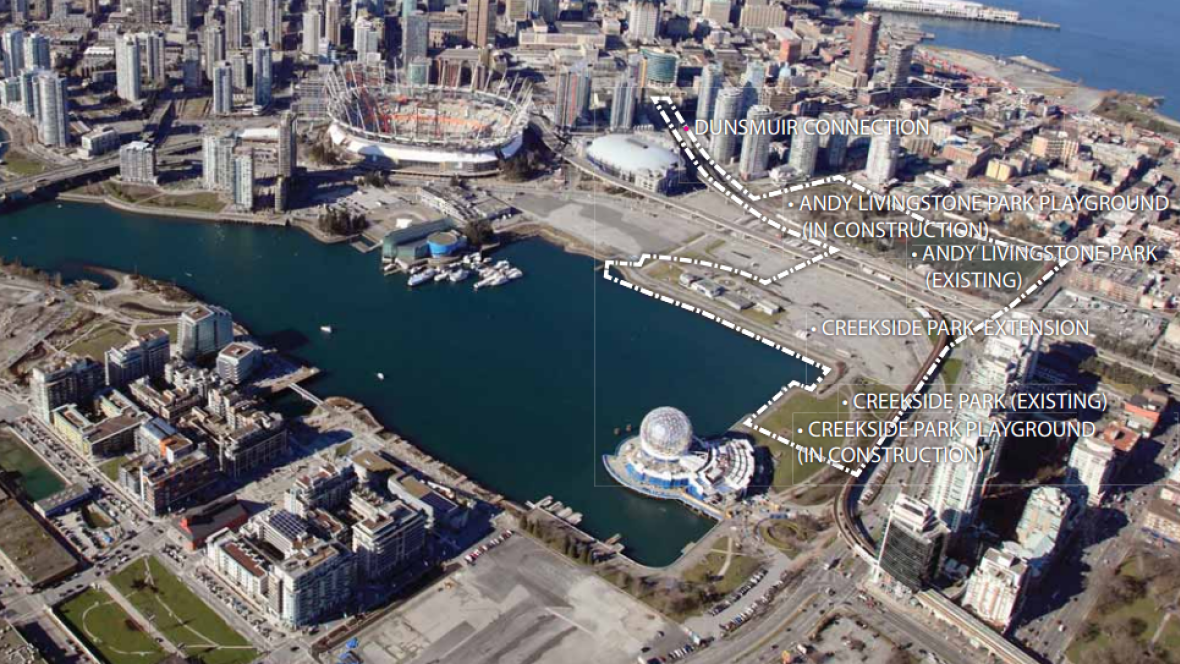
The Walk21 Conference Series held its 17th conference last week. Canada is the only country that has hosted the conference three times~it was in Toronto ten years ago, Vancouver in 2011, and this year in Calgary. It is a unique conference series bringing together health advocates, planners, architects and interested community groups vested in creating communities where walking comfortably and conveniently is seen as a way forward to creating livable cities. The 2018 conference will be in Bogota hosted by Mayor Enrique Penalosa, brother of “8 to 80” bicycle advocate Gil Penalosa.
I first heard Dr. William Bird OBE (order of the British Empire) speak at a Walk21 Conference about the synapse between public and personal health, city design, and the need to create active walkable cities through better urban design. Hearing him speak about the need to create “blue gyms” where people can walk for exercise, sociability and neighbourliness drastically changed the way I perceive city planning. That sentiment was also expressed by Andre Picard in the Globe and Mail who observes “the benefits of living life at five kilometres an hour extend well beyond the individual. Walking is good for the environment, crime prevention, community-building and the economy. Conversely, the most unhealthy, unsafe, anti-social and costly thing people do routinely is drive.”
Andre Picard notes that there is a need to redesign cities to make them people first, instead of around motordom’s wish to design streets for vehicular life at higher speeds. The most powerful example is New York City’s Times Square which used to have 89 per cent of space devoted to cars, with only 11 per cent to pedestrians. This ratio was almost the reverse of what was happening~90 per cent of people were walking in Times Square, with only 10 per cent in vehicles. By returning road space to pedestrians, New York City experienced falling crime rates, less pedestrian injuries, and a 172 per cent increase in retail sales. By creating a sense of space as if pedestrians belong “you need to build inclusive diverse spaces.” Walking infrastructure such as wider sidewalks, street furniture, public toilets, and mixed use development make walking interesting and achievable. “No amount of health promotion will make up for a hostile environment. “
The City of Vancouver is using many of these principles in the planning for the Northeast False Creek area as reported by Frances Bula in the Globe and Mail. Instead of emphasizing walkways and bicycle paths, vibrant areas that have visual interest and are walkable are being planned along the waterfront , with restaurants, shops and entertainment at ground level. Another band of retail will be on the ground level of each residential building, some with storefronts only 25 feet wide to attract independent businesses and entrepreneurs. The third retail area will be in the area currently occupied by the Georgia Viaducts and will also reference Hogan’s Alley, the vibrant community of African-Canadians who worked on the railway and used to live at this location. By creating laneways that are designed for pedestrians and not vehicles, the City is referencing the laneways of Melbourne Australia in attracting walkable, accessible and diverse retail spaces for a new community where access by foot will be paramount.
Andre Picard observes that “walkability needs to be imbued into the DNA of urban planning.” The work that the City is undertaking in creating diverse vibrant retailing environments in Northeast False Creek best explored by foot is a very good start. You can find out more about the City of Vancouver’s planning process for this area here.














Author
Reblogged this on Sandy James Planner.
Very interesting, thanks. But: ‘African-Americans’? Were the residents of that community primarily from the United States, or something? I have my doubts about the term ‘African-American’ in general, but it seems particularly inappropriate when applied to Canadians.
What’s the preferred term here in Canada ?
I love to walk.
Yet, frequently I ask “Why is there almost no pedestrian zone or area that invites car free walking ANYWHERE in Vancouver, except the water front (and UBC campus where I live) ?”
You go one block off the water and it is not pretty to walk or dangerous on usually narrow sidewalks. Why is Robson not a walk/ped/shop/eat/mingle-way free of cars all the way from stadium to Stanley Park ? Why is parking in residential neighborhoods on the street still so ridiculously cheap?
You forgot the Art Gallery section of Robson and the short bit off Davie!
I agree totally. Start with Water Street, then Robson, then Alexander. Carral? Granville? Davie? So many opportunities but a huge car first attitude still seems to exist.
The design for the extension of the city over the tracks near Granville was pathetically car centric. If this ever gets built, it should be car free and with a large plaza on the water side.